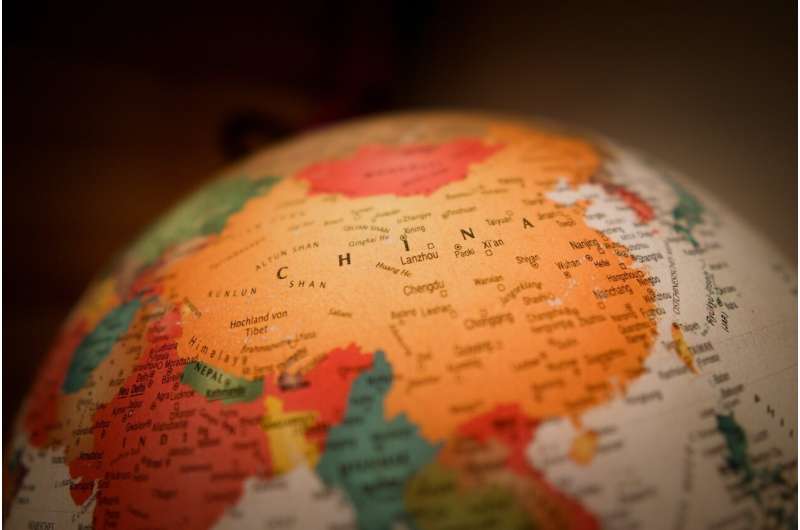Credit: Unsplash/CC0 Public Domain
Recently, using random forest regression models, scientists estimated an urban floor (building) area map with high accuracy for mainland China.
This map, produced by Prof. Liu Miao and Associate Prof. Li Chunlin from the Institute of Applied Ecology of the Chinese Academy of Sciences (CAS), in collaboration with scientists from Fudan University and Shanghai Normal University, has used data collected from night-time light (with 130-m spatial resolution), population density maps (with 100-m spatial resolution) and single building data sets of 71 cities.
Urbanization research is a hot spot of global concern. China's urbanization is characterized as rapid outward expansion and drastic changes inside the cities, especially the increase in density and height of buildings. The study of three-dimensional (3D) urban landscape is of great significance for portraying a more realistic near-surface morphology and studying the problems of urban ecological environment.
In this study, the researchers found that the urban floor area amount and intensity along the coastline areas was higher than that of the inland areas, the southern areas had a higher floor area intensity than the northern areas, and the floor area was very unevenly distributed among the provinces.
Relying on the high-resolution night-time light remote sensing data and the big data approach, they produced the first national-scale urban floor area map, which can be used to carry out large-scale urban expansion analysis and 3D pattern analysis.
In addition, it has great application potential for large-scale research on urban planning and urban ecology, such as urban heat island effects, air pollution effects, road systems and urban green space design.
This study, funded by the National Natural Science Foundation of China and the Youth Innovation Promotion Association of CAS, has been published online in Landscape and Urban Planning, titled "High-resolution mapping of mainland China's urban floor area."
More information: Miao Liu et al, High-resolution mapping of mainland China's urban floor area, Landscape and Urban Planning (2021). DOI: 10.1016/j.landurbplan.2021.104187
Provided by Chinese Academy of Sciences
























